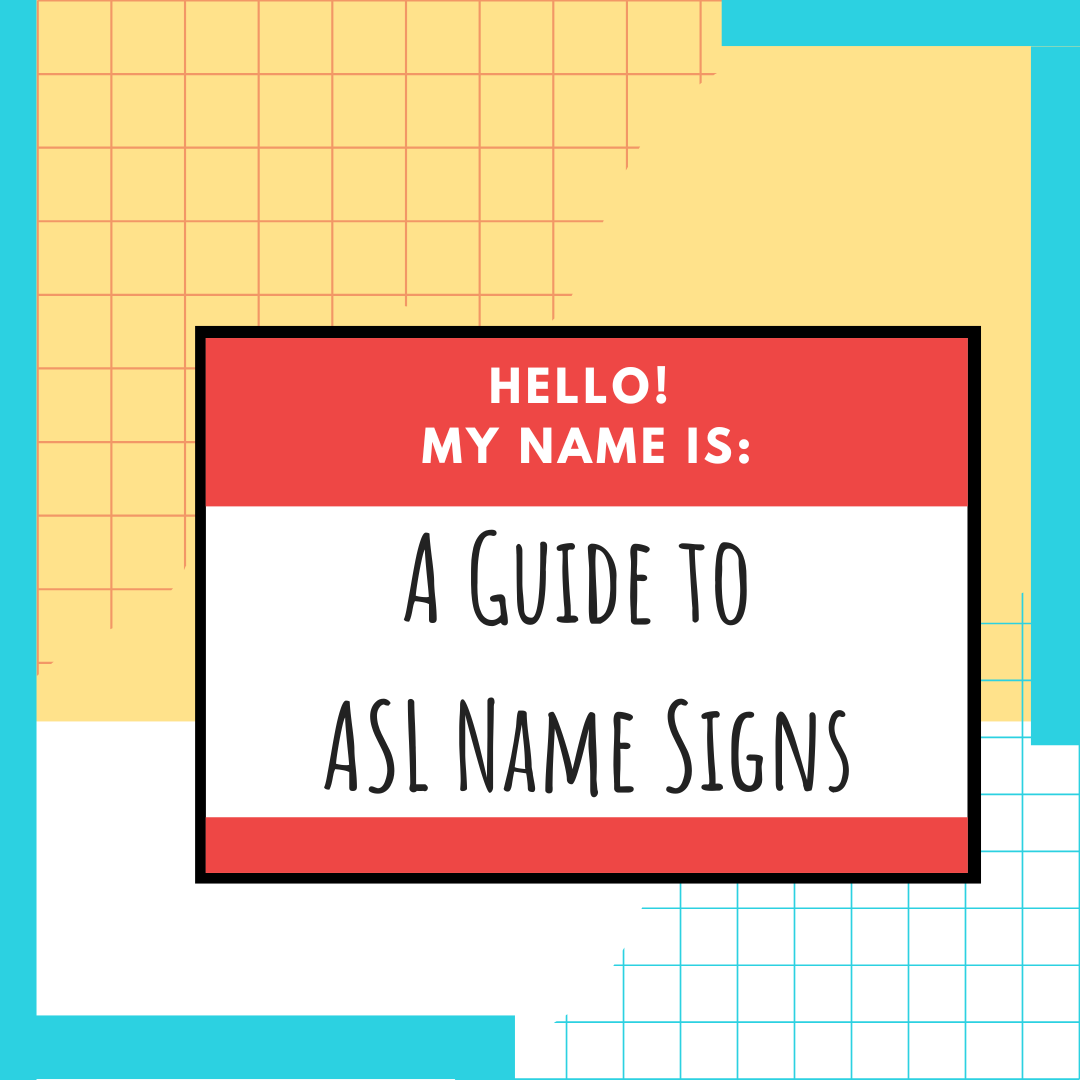
Deaf Culture | What does “D”, “d”, and “d/Deaf” mean in the Deaf community?
- by Katelyn Cheng


One needs to understand why it is important when it comes to identification of deaf people. In Deaf culture, “D”, “d”, and “d/Deaf” are extremely significant. “Deaf” with a capital ‘D’, “deaf” with a small ‘d’, and “d/Deaf” with both capital and small ‘d’ all have their unique meanings and how they are applied to people who are deaf. As you probably have heard, deaf people bring up the terms “hearing world” and “deaf world,” it is because these two terms play a significant role in their identity. People who are deaf are raised differently and their identity is usually defined by how they were raised, their perspective of the term deaf, and their preference. So, what does “Deaf” with a capital ‘D’, “deaf” with a small ‘d’, and “d/Deaf” with both capital and small ‘d’ mean and how do they differ from each other?
“Deaf” with a capital ‘D’
People who are “Deaf” with capital ‘D’ identify themselves as culturally Deaf and are heavily part of the Deaf community. They do not view deaf as a disability and dislike to be labeled as hard-of-hearing. Typically, Deaf people are from a family who are generationally Deaf and usually will attend Deaf school. Whether or not they wear hearing aids, they typically do not speak or hear. They view deaf as part of who they are and their identity, and they take great pride in it. Although ASL tends to be, but not always, their first language, it is their primary language and source of communication.
“deaf” with a small ‘d’
On the other hand, people who are “deaf” with small ‘d’ are usually hard-of-hearing with either hearing aids or cochlear implants. Deaf is seen as a disability and “loss of hearing”. While Deaf people do not like to be labeled as hard-of-hearing, deaf people usually identify themselves as hard-of-hearing because they interact in the hearing world and they have the ability to communicate orally. They are comfortable functioning in the hearing world and feel at ease with the interactions of hearing and talking. Since deaf people grew up oral, they are usually skilled at lip-reading as well. In addition, they are educated in mainstream education where they learn alongside other hearing students, and typical interaction with other students and teachers is through hearing and talking. They may or may not choose to immerse themselves in the Deaf community, but if they do, this usually happens later in life.
“d/Deaf” with both capital and small ‘d’
While “D” and “d” is fairly easy to differentiate, it can become a bit confusing when you are not sure how someone identifies him/herself. In this case, “d/Deaf” with big and small ‘d’ comes in handy and usually identifies someone both ways. Unless it is clearly stated how a person identifies him/herself as Deaf with capital ‘D’ or deaf with small ‘d’, the use of “d/Deaf” to identify a deaf/hard-of-hearing person is a safe way to not offend.
Now that you have learned the differences between “Deaf” with a capital ‘D’, “deaf” with a small ‘d’, and “d/Deaf” with both capital and small ‘d’, you can have a better understanding of these terms and their significance in the Deaf community.
Start Learning ASL Today!
 Ready to start learning real American Sign Language and not just basic signs? Do you want to be a part of the vibrant Deaf community? Check out our Free ASL 1 Course or our Complete 4-Level ASL Course options and start learning ASL today!
Ready to start learning real American Sign Language and not just basic signs? Do you want to be a part of the vibrant Deaf community? Check out our Free ASL 1 Course or our Complete 4-Level ASL Course options and start learning ASL today!









3 Responses
Congratulations! You found me!
Why are you scrolling
Stop it
You might need a key to figure out me . . .
Just understand that brain rot isn’t for the band
DEAF DD. Good job. You’ve found it. Go back to the first puzzle. And figure out the X and what that means..
rawrrr